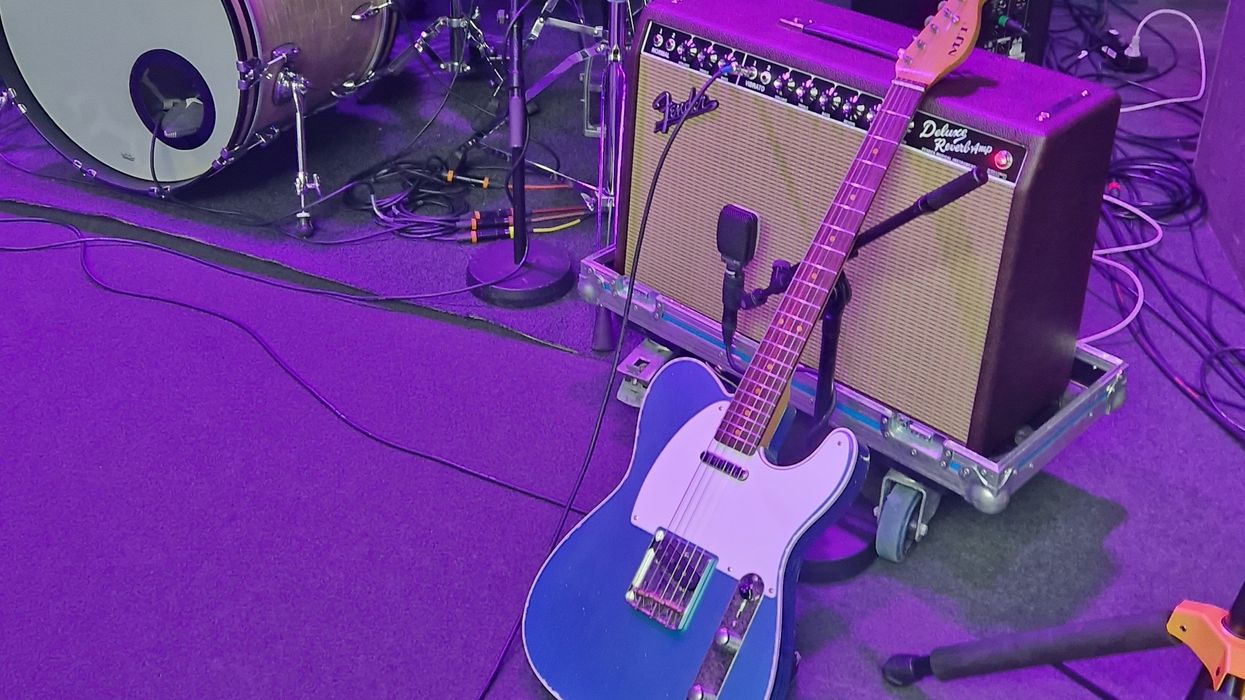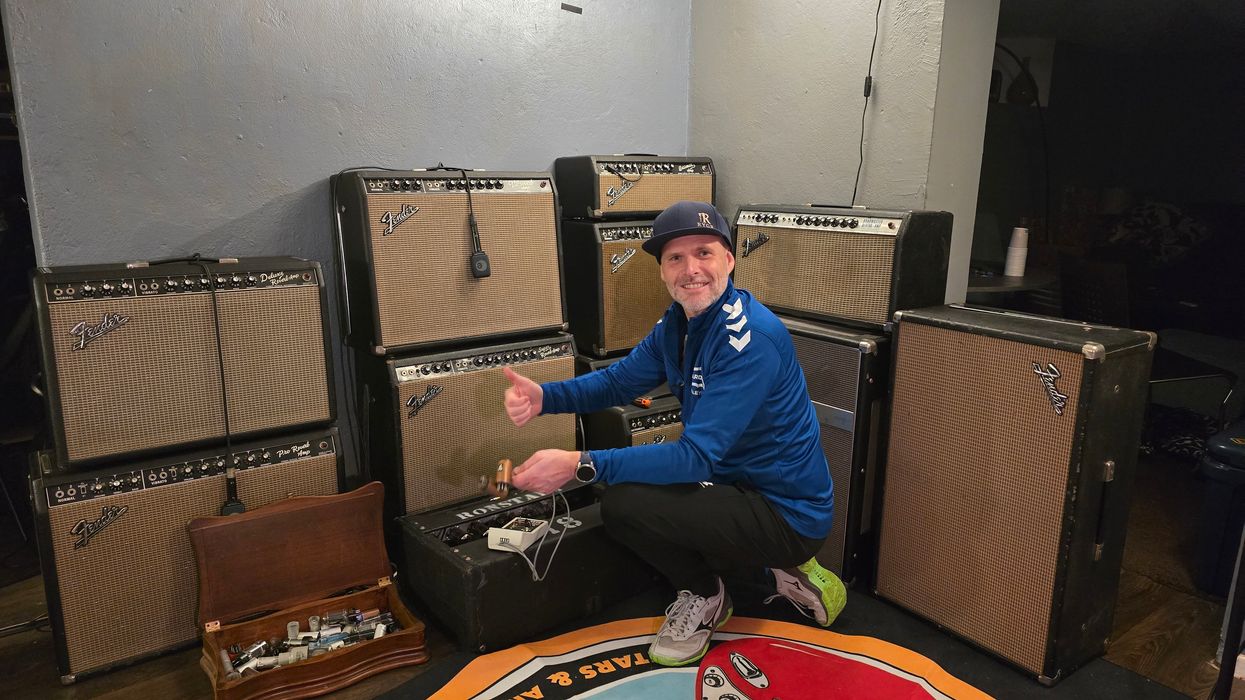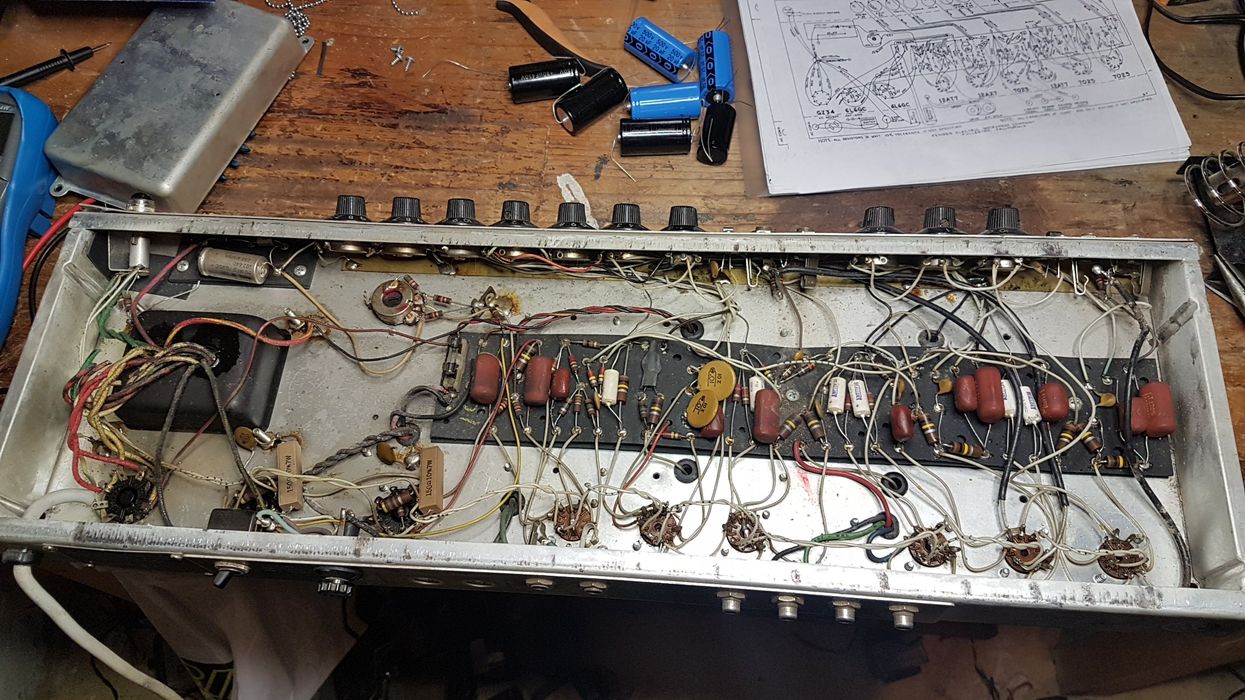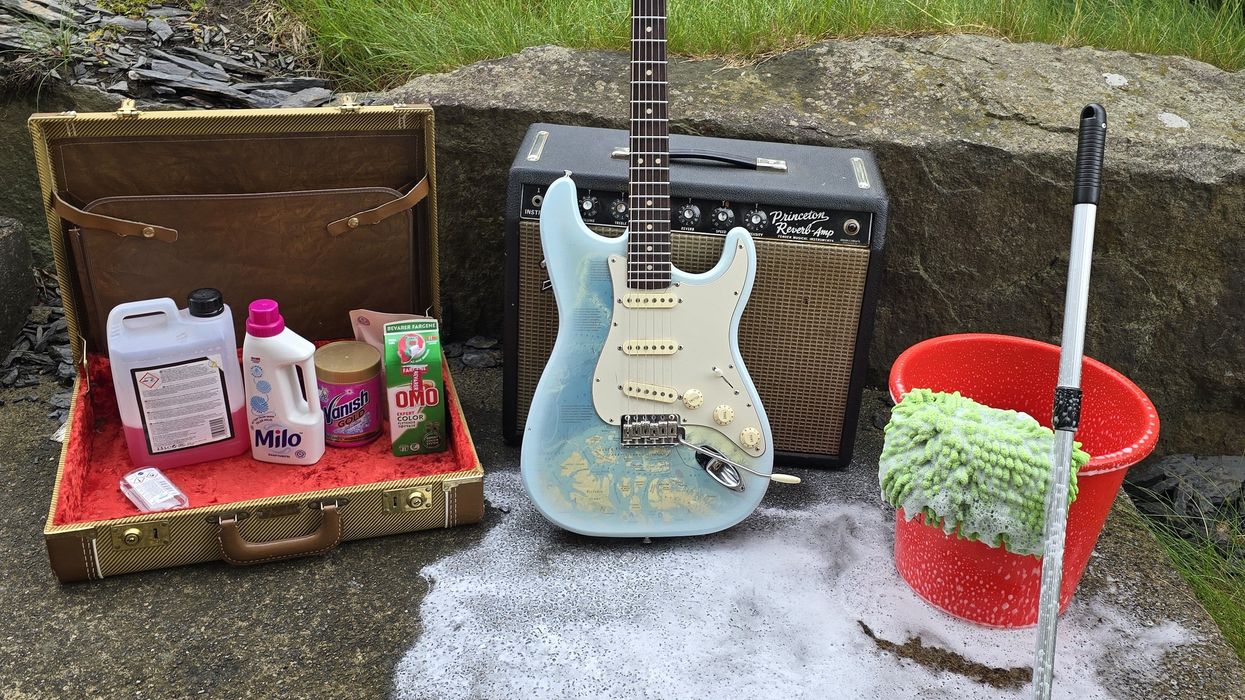I’ve hunted tone since I was a teenager, browsing through guitars, amps, pedals, and all the components that they are made of. I still buy or sell stuff every second month or so, mainly because it’s fun, but I also learn a lot in the process. This practice has helped me develop confidence in my preferences about what guitar tone to use in various styles of music.
It’s also fun sharing experiences with other tone hunters. So, I’d like to share the three amps that I most regret having sold. These memories bring me both pain and joy, and I hope they are useful in helping you to avoid similar mistakes.
There are two main reasons why I regret selling amps. Either I did not have the knowledge to understand or appreciate them, or I needed new sounds and did not have the know-how to achieve them. In the first category, I have to mention a 1968 Super Reverb, which was my second Fender tube amp after my No. 1 Super Reverb, which I talked about in my March 2021 column titled “Meet My 1965 Super Reverb—The Greatest Amp I’ve Ever Played.” The ’68 was a drip-edge transition model with a silver faceplate and black-panel innards, in very good condition. It was an AB763 circuit with cloth wiring and blue Mallory caps. It even had four well-performing, original CTS alnico speakers with square magnets mounted on the excellent, vertically floating baffle. My 1965 Super with CTS ceramic speakers was louder, punchier, heavier. It had the black faceplate and was almost twice as expensive. Altogether, this led me to sell the ’68 and keep the ’65. Fifteen years later I came across several other transition-era Super Reverbs and started learning to appreciate the mesmerizing clean tone, transparency, and excellent dynamics of lightly driven low-powered CTS alnicos. With the bright switch off, they deliver superior cranked tones as well. In fact, transition-era Super Reverbs probably have the best Fender clean tone I can think of. It hurts knowing that I had a very good one, when they were available for a lot less money. If you see a transition-era or early ’70s silver-panel Super with CTS alnicos, go for it.
"I miss having a portable and punchy amp that I am not afraid to lend out or haul around on gigs without a flight case."
Another example is a mid-’70s, beaten-looking Princeton Reverb that I bought for $700 in 2005. It was my main gig amp for years, and I did many modifications to make it fuller and louder. I plucked out the stapled and glued-in particle baffle board and inserted a floating plywood baffle with a broken-in 12" Jensen C12Q speaker. I installed a 25k mid-boost pot, to alter between clean, scooped tones and a British growl. I also installed a larger, Deluxe output transformer and a smaller coupling capacitor to prevent the flabby bass frequencies from entering the power amp section and the somewhat inefficient split-phase inverter. The firmer lower end and improved attack allowed hard picking-hand playing, which I appreciated as a die-hard SRV fan in my 20s. I remember replacing the bias resistor and finding the right pair of 6V6s for the deepest possible tremolo effect, too.
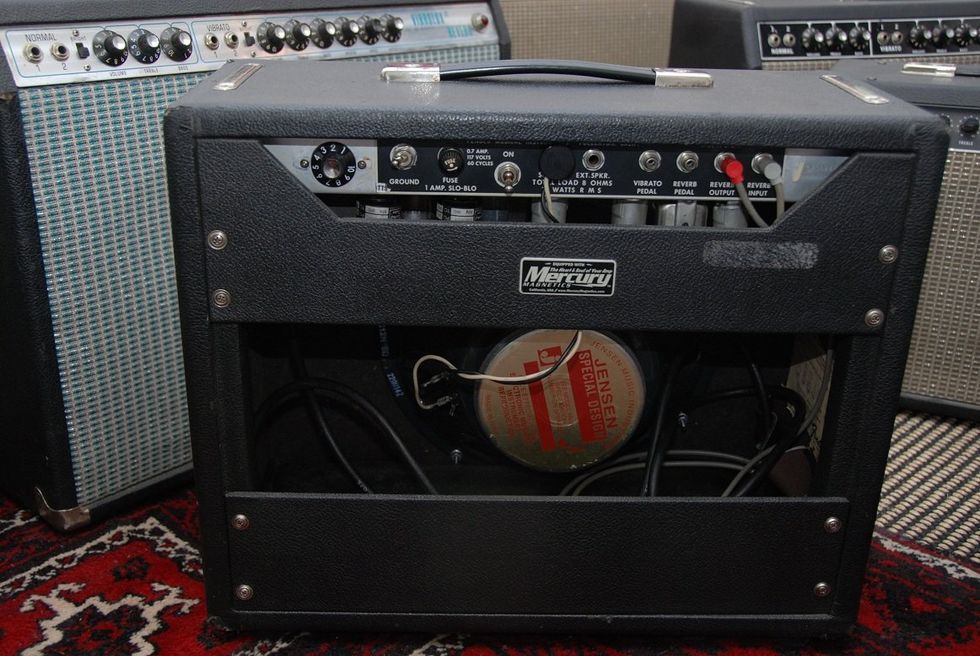
I also put on a black-panel-style grille cloth and faceplate, and treated the Tolex with black shoe cream for a shiny and healthy look, hiding the many ticks and scars. I sold it because someone offered me good money, even though I had spent more than I got in return. Now, I miss having a portable and punchy amp that I am not afraid to lend out or haul around on gigs without a flight case. My happiest memory of this amp was a blues cruise on a large, motorized sailboat on the Oslofjord. We had to tie ropes around the drum kit, and I secured the amp against the sail mast when the waves and wind increased. This warrior amp could do everything—much more than my current mint black-panel ’66 Princeton Reverb, which cost the same as a car.
Finally, there was a practice amp I sold because I didn’t use it often enough. In my previous column, “All Hail the Champ!,” I talked about my favorite travel amp—my ’66 Fender Champ, which only can deliver clean tones. Well, I used to have another small amp with even better clean tones and some of the best tube-driven preamp crunch you’ll find. It was a 5E3-circuit narrow-panel tweed Deluxe-style, built from a point-to-point amp kit, with high quality components. I experimented with several 12" speakers and found a surprisingly good pairing with an inefficient, modest Oxford speaker from a silver-panel Deluxe Reverb. The tone was fat and creamy and worked incredibly well as a vintage rock voice. It, too, now is gone.
I’d love to hear stories about your “lost” amps. Share them on PG’s social media feeds, or drop a letter!


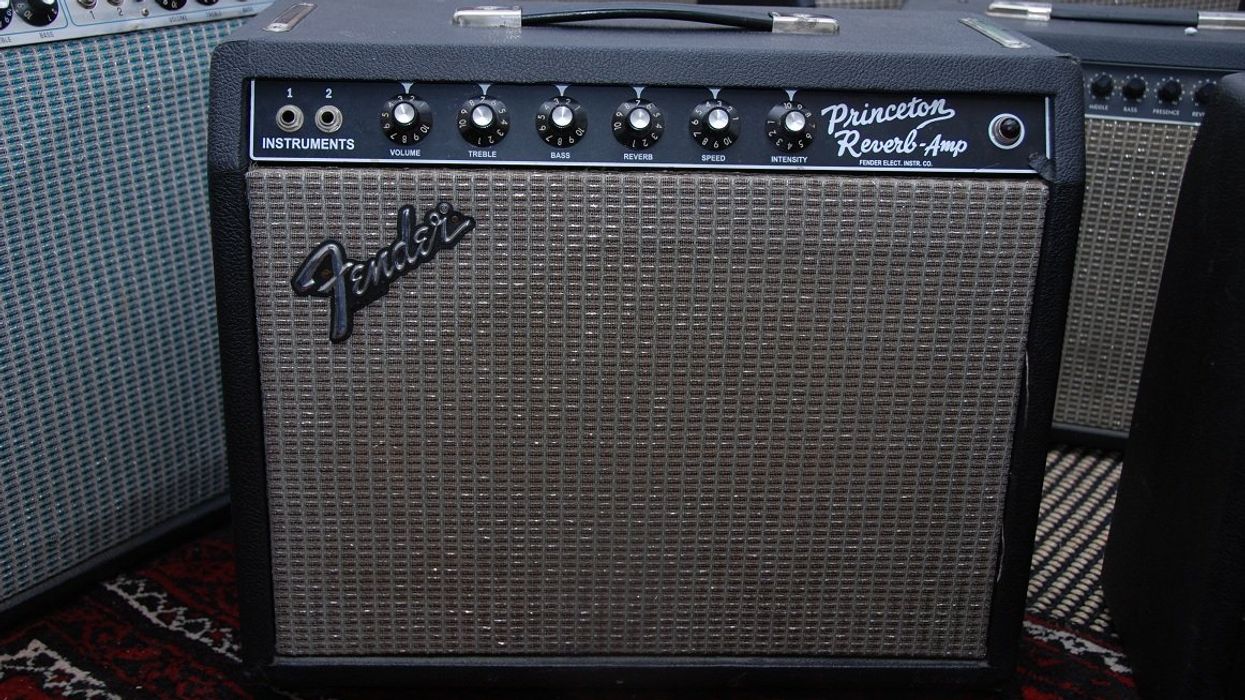



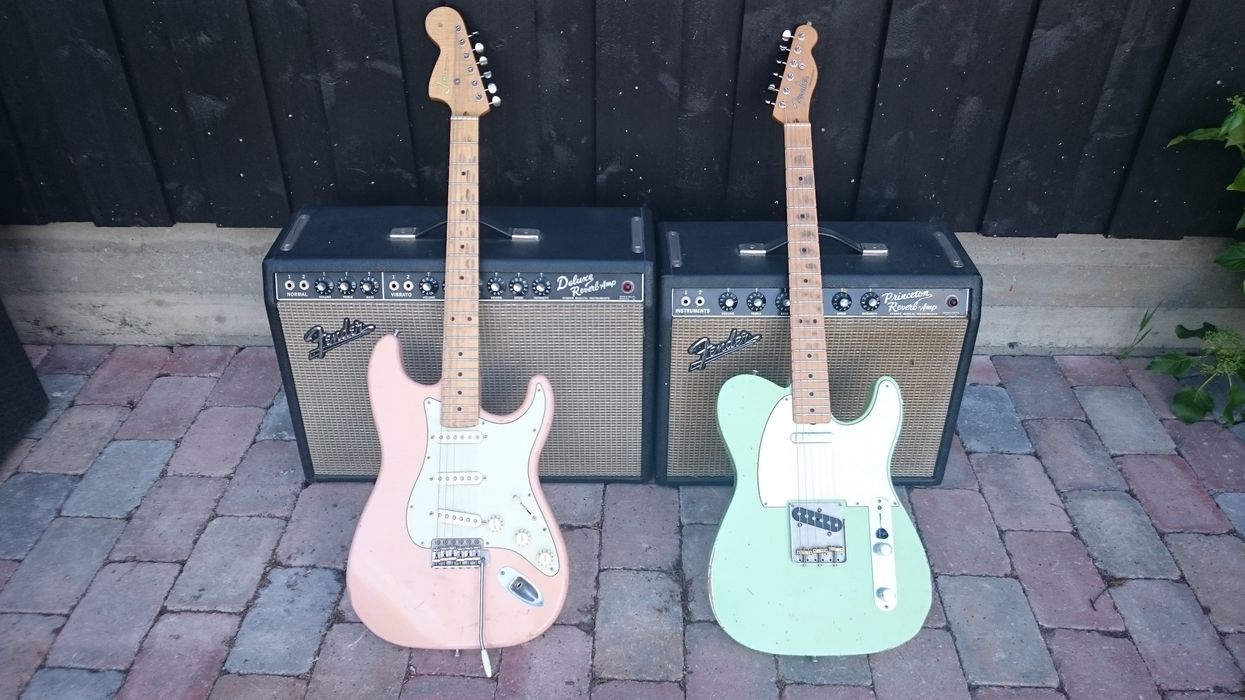
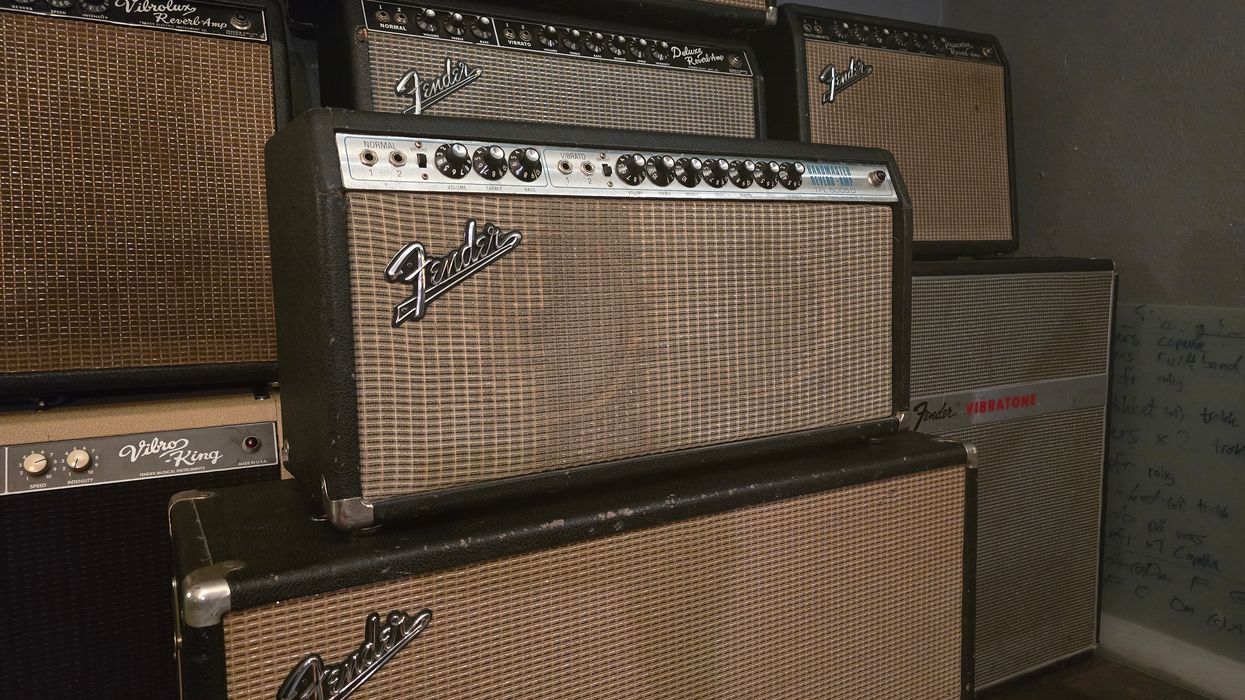
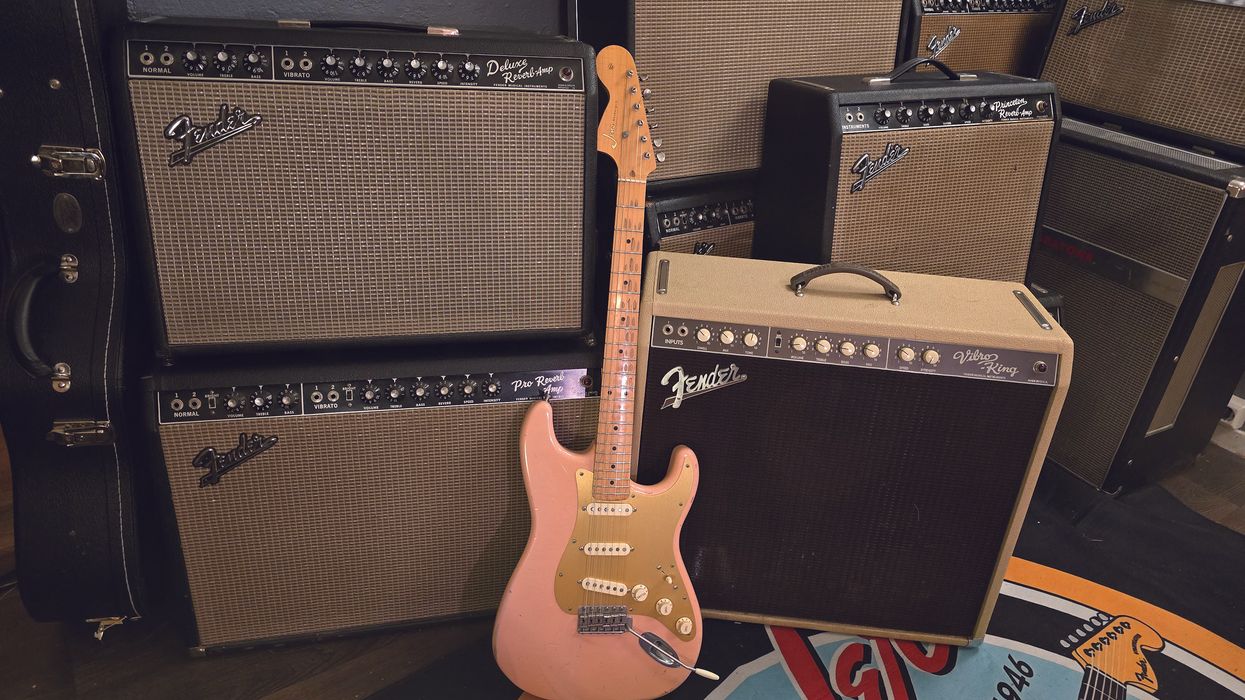


![Rig Rundown: Russian Circles’ Mike Sullivan [2025]](https://www.premierguitar.com/media-library/youtube.jpg?id=62303631&width=1245&height=700&quality=70&coordinates=0%2C0%2C0%2C0)



